France: Day 4 - New Blood
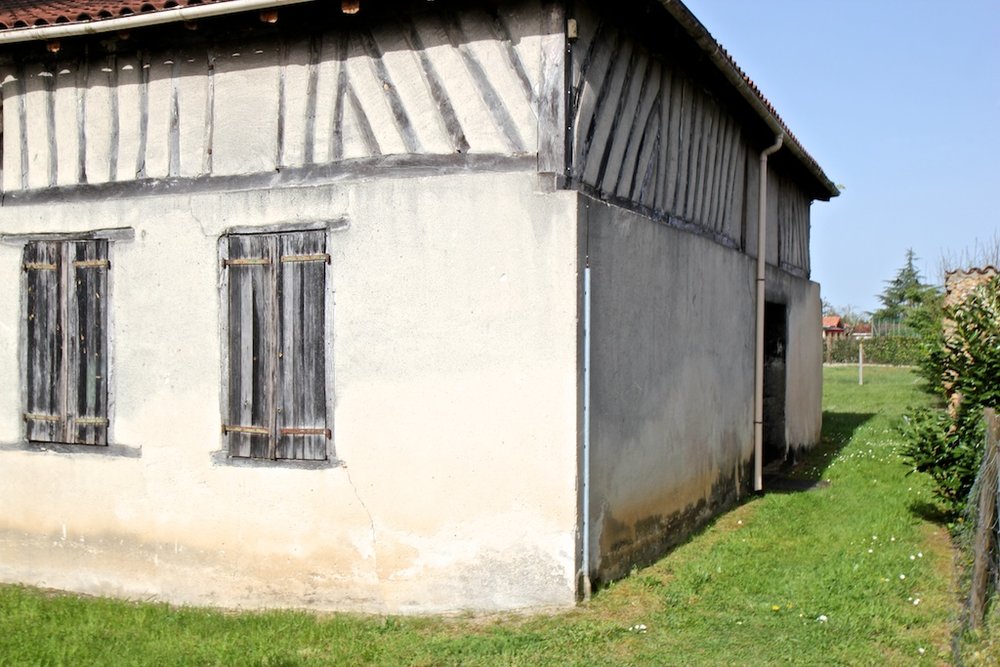
Like I stated a few days ago at the end of the Scotland posts, this year we're really looking to expand on the previous work we've done in Armagnac and become the top retailer of French spirits in the United States, bar none. We've done well so far, but there's an entire countryside out there full of small producers that even our good friend Charles—Mr. Armagnac himself—has never visited. Imagine if when you went to Kentucky you could drive around and find all kinds of different Bourbons aging at rustic farms all over the state. That's what driving through Gascony is like. If you're new to the K&L spirits blog and you're just learning about Armagnac, let me tell you something very important you should know: you don't need to be a distiller to be an Armagnac producer. What you do need, however, is grapes. You can always pay someone else to make the wine and distill it for you. Then you can just fill your own barrels and age them in an old building next to your house. Most distillers will even do the work in exchange for a percentage of the final spirit. That means there are all kinds of small farms all over the Sud Ouest holding inventory of their own domaine-distilled Armagnac. Take this humble abode in the above photo, for example.
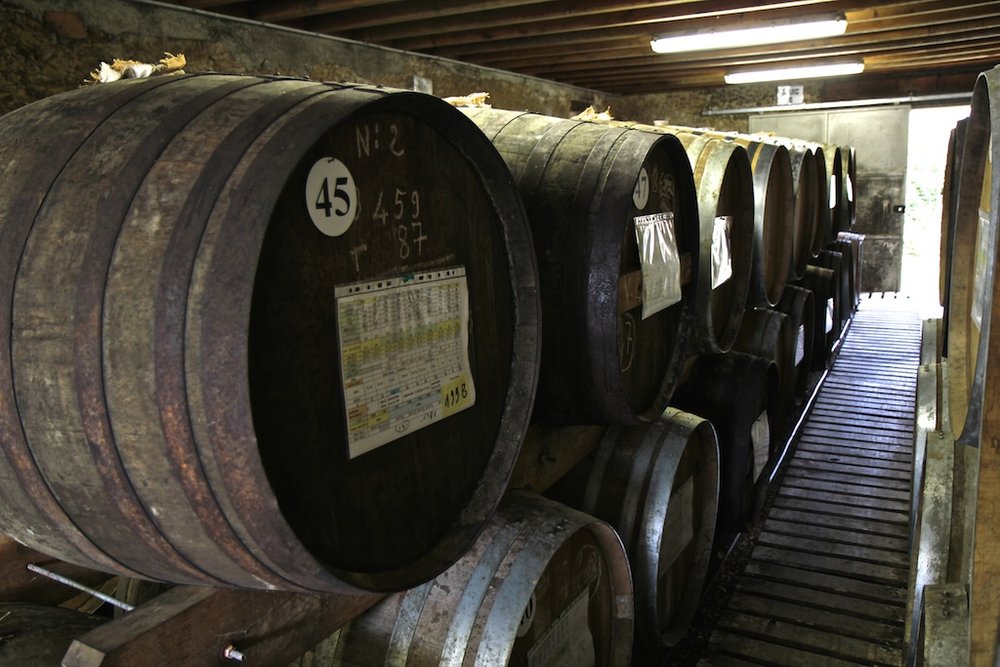
You would never expect this tiny house, just off the main road in the town of Perquie, to be full of aging spirit. It's the chai of Claude Lartigue, the owner of Domaine de Charron, who is a rather new producer in the region. Claude is a relative of the Darroze family who started out by selling a few barrels here and there. Eventually he bought 12 hectares of baco from another family and began distilling four to six barrels of brandy per year. He's a bit unique, however, in that he only uses new oak and he doesn't touch the spirit once he's filled each cask. Basically, he makes brandy like Americans make Bourbon.
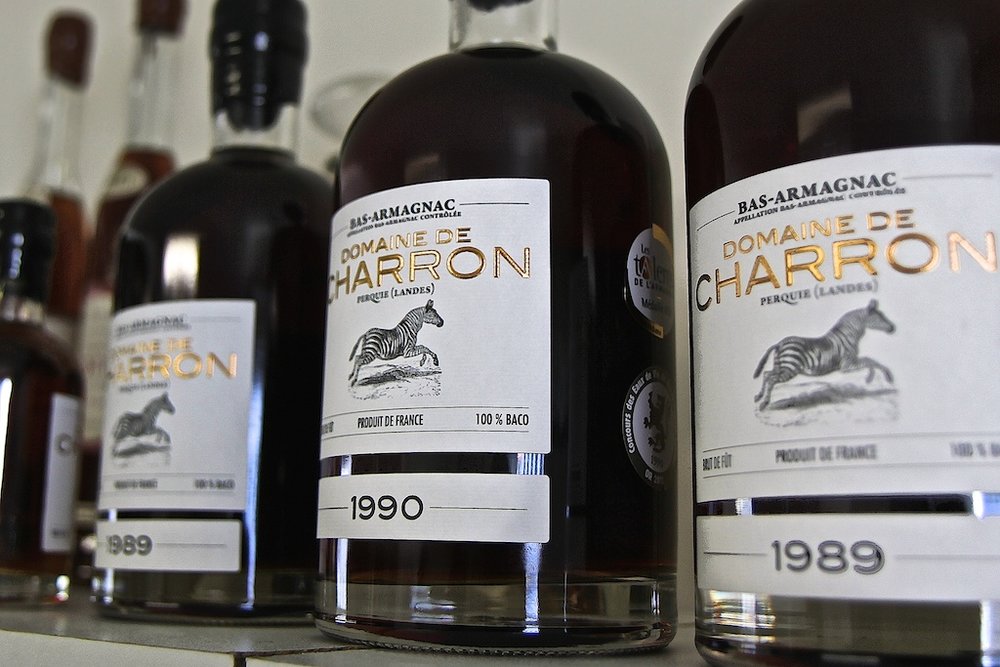
The difference in style is clear right when you look at his bottles. The brandy is dark and rich in color, just like you would expect a Bourbon to be. We tasted his 2004 vintage first and I looked right at David and said, "Stagg Jr." It's a big, spicy behemoth of a brandy. The Zebra on the label is an homage to Claude's favorite local rugby team, whose uniform consists of a black and white striped polo shirt. We might do a few of these vintages for all you high-proof-loving American whiskey drinkers. This Armagnac is right up your alley.
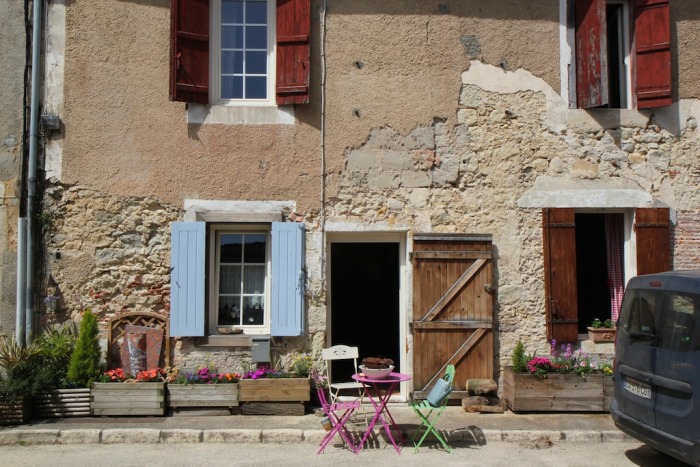
After a bit of tasting we stopped off for lunch in a nearby village. The weather was once again warm and picturesque, so we sat outside. Completely unlike previous Springs where we've been bundling together in the car for body heat.

Next on the list was another new face—and a pretty one at that! Chateau Maouhum is today being completely run by Christelle Lasseignou, who began to take over for her parents more than a decade ago. Don't let her stylish clothes and her good looks fool you, she's a farmer through and through. She does everything at the chateau herself—from the vineyards to the distillation, to the management of the barrels. We were very excited to taste her stuff.
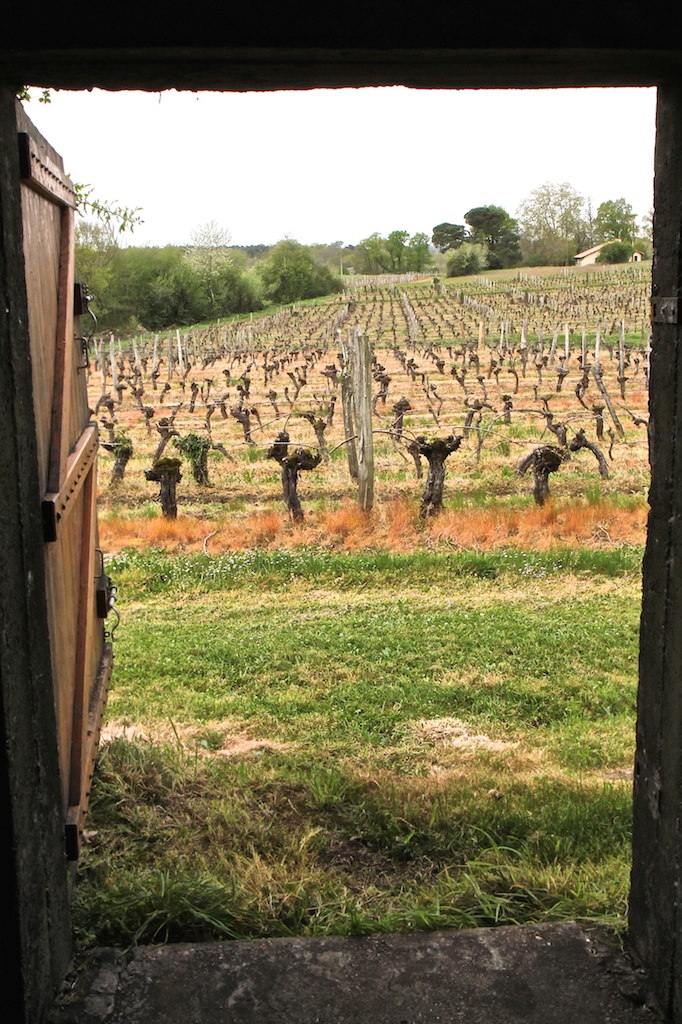
One of my favorite things about Chateau Maouhum is that the vineyards are just a few steps from the warehouse, so you can get a sense of the property while you taste. Christelle's grapes are all baco and she distills only a few barrels each year. We tasted through vintages from 1983 to 2004, and even a few younger VS and XO expressions. They were all outstanding.
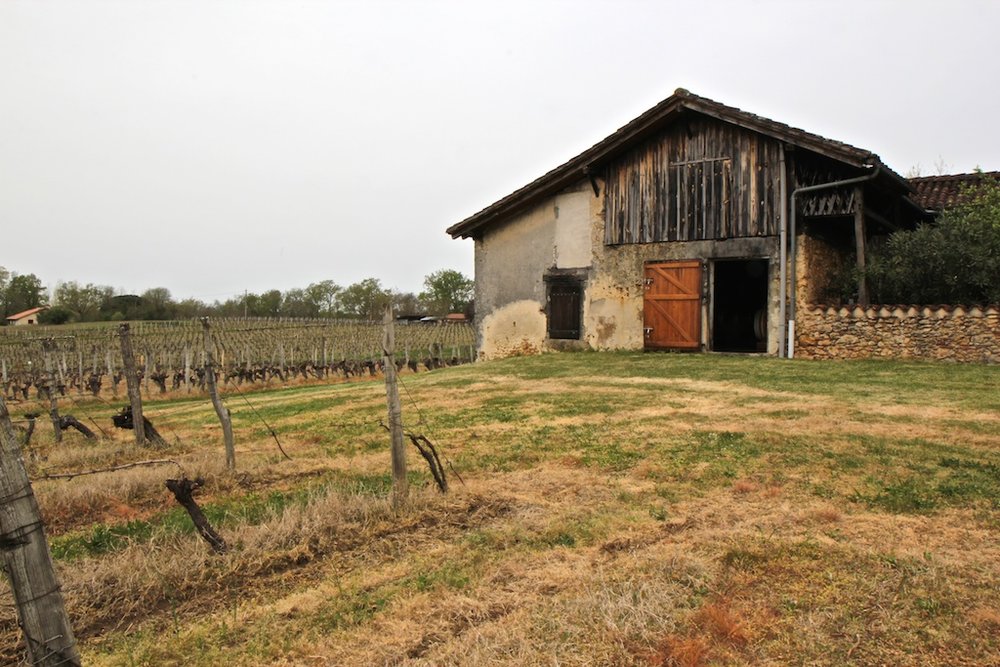
Driving away from the property, I was struck again by how amazing Gascony is; especially for any fan of wine and spirits. You really get the best of both worlds here: the bucolic hills, the rustic stills, the vines, and the old buildings full of aging spirits. I think it's the spiritual home for any lover of fine booze because it's accessible and authentic. It's not a carnival show with a big tasting room and tons of billboards designed by a marketing department. It's just real people making real booze (now that sounds like it came from a marketing department). And don't forget the food! Gascony is the gastronomic center of France.
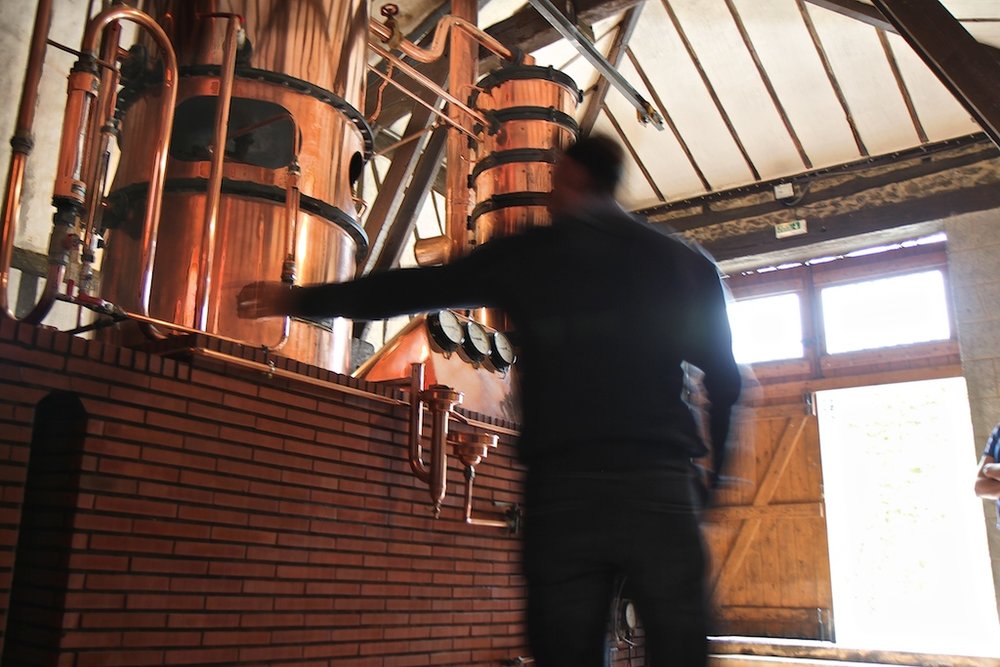
Our last appointment was at yet another new producer called Chateau Sandemagnan, a much larger and more polished producer that actually owns and operates its own pristine alembic still. We met with the manager of the chai and a few of the property managers to check out the scene. Sandemagnan grows grapes for winemaking as well as for distillation with 25 hectares reserved for Armagnac varietals. They distill about 150 barrels per year and their stocks of older vintages are quite robust.
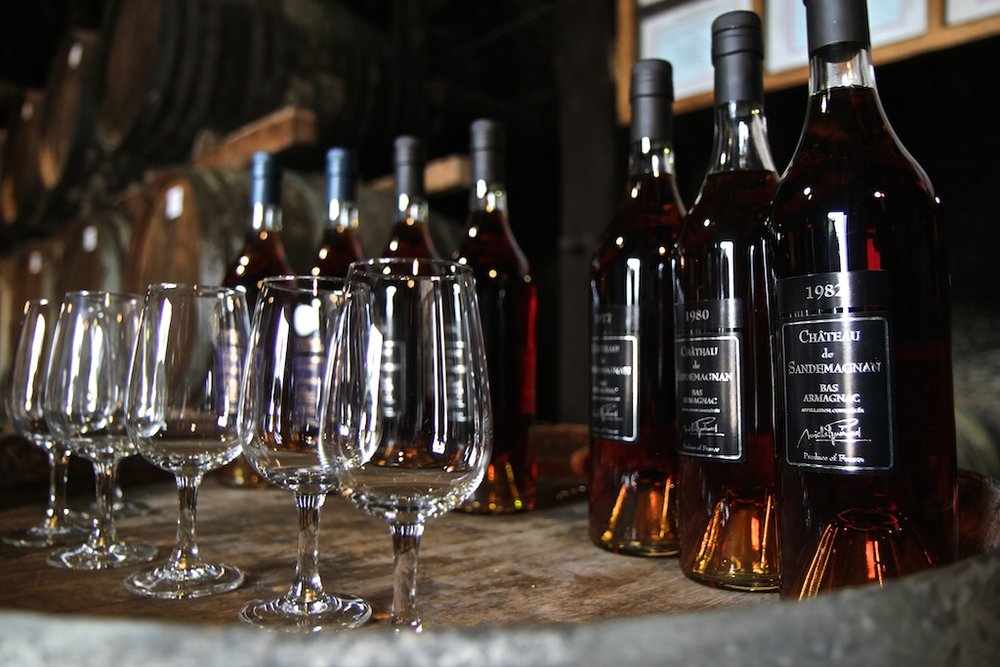
The packaging at Sandemagnan is also quite sleek, but I quite liked the stark black label and the brooding look of the bottles. The character of the spirits matched the design. They were dark, dense, complex, and mysterious in flavor; moving from spiced fudge to burnt orange and back to dusty cocoa. We were all very impressed with the entire operation and I think we'll definitely be picking up a few things here.
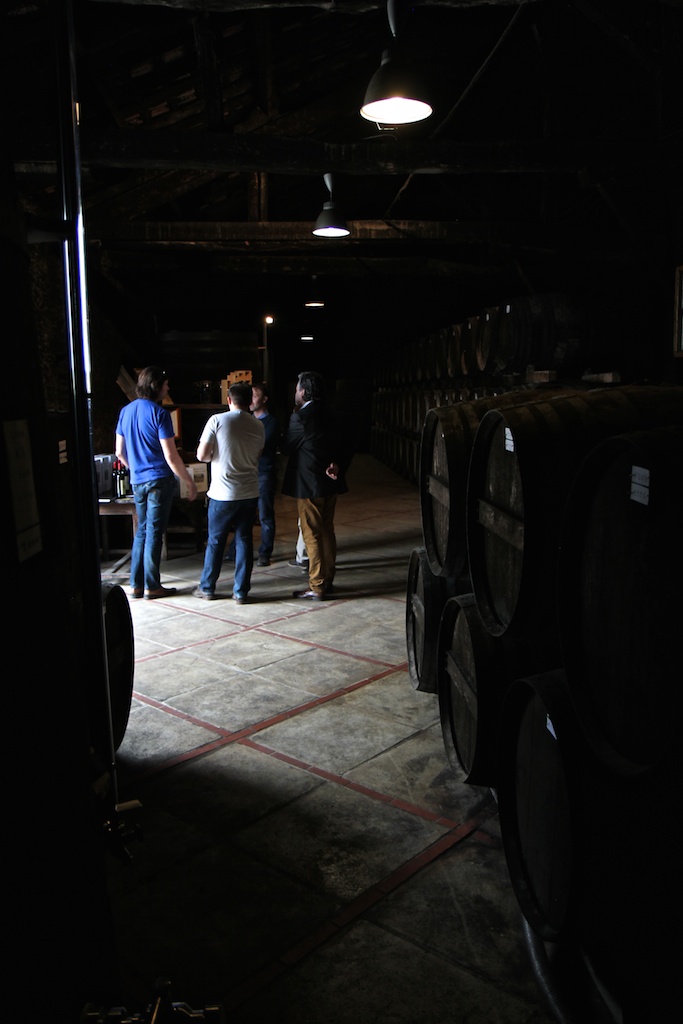
After a long day of tastings and meetings, we're now off to Bernard's for some serious grub. This is the best meal I have each and every year. I'm getting both my psyche and my stomach prepared as I type this. It's an onslaught of fat, lard, and meat that always sends my digestive system into complete shock. But I do it anyway because I love to eat, drink, and listen to Bernard rant about everything from local rugby politics to the merits of slaughtering pigs by hand. A wonderful night awaits!
-David Driscoll
